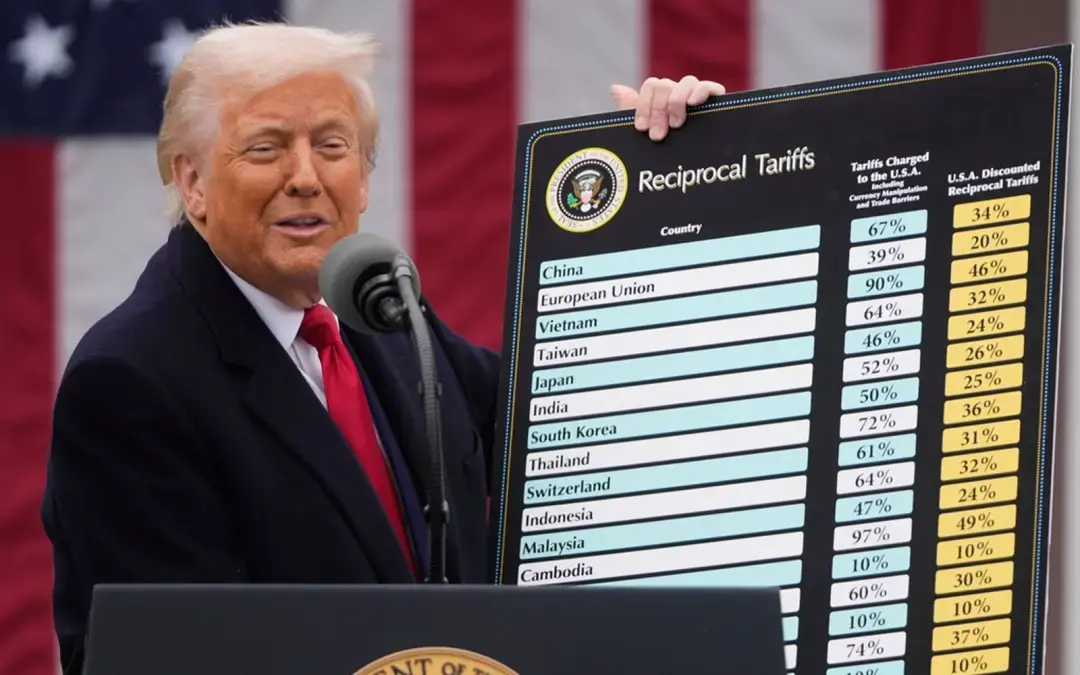Classic Car Exemptions Under The US–Japan Trade Deal: The New 15% Tariff
The July 2025 US–Japan trade agreement brought sweeping tariff changes for the auto industry, but classic car shippers still hold a unique advantage—if they understand the latest duty rules. With modern cars facing a 15% US tariff on Japanese imports, collectors and dealers are asking: how do reciprocal tariffs affect classic vehicles, and is the 25-year rule still a reliable shield?
Below, West Coast Shipping breaks down the current requirements, highlights the continuing value of age exemptions, and clarifies how reciprocal tariffs now impact classic car imports.
Quick note on classics (25+ years): When coded HTS 9903.94.04, classics are exempt from Section 232, but reciprocal tariffs still apply by country of origin. For Japan (and most EU), that’s 15% total (inclusive of the 2.5% base). The 2.5% base duty remains.
1. How the New US–Japan Trade Agreement Reshaped Tariffs
Key Changes as of July 2025:
-
Modern Japanese cars and parts shipped to the US face a combined 15% tariff (previously 25%) under the new bilateral deal. This affects all non-classic imports, adding major cost for buyers and dealers.
-
Classic vehicles 25 years and older still enjoy regulatory exemptions: they avoid modern EPA/DOT requirements and the highest additional tariffs, provided correct documentation and HTS codes are used.
-
However, “reciprocal” tariffs now apply to nearly all non-USMCA countries (including Japan, EU, UK, and others), meaning classic vehicles typically face 15% total for Japan (inclusive of the 2.5% base), in line with other major origins like the EU. UK outcomes are commonly 10% + 2.5% bas
2. Classic Car Imports After the Trade Deal: What You Actually Pay
Importing a classic car (25+ years) into the US now means:
-
2.5% base duty applied for classic classification under HTS code 9903.94.04.
-
PLUS the applicable reciprocal tariff (Japan: 15% total inclusive of the 2.5% base; UK: 10% + 2.5%).
Result: For Japan, total is 15% of declared value (inclusive). -
Result: The total import cost for most classic cars is 12.5% of declared value—higher than previous years, but significantly less than the tariff for modern cars (now 15–27.5%).
Table: Import Duty and Reciprocal Tariff Scenarios for Classics (July 2025)
| Vehicle Origin | 25-Year Classic Base Duty | Reciprocal Tariff | Total Import Duty |
|---|---|---|---|
| Japan, EU, UK | 2.5% | Included to reach 15% total | 15% total |
| Canada, Mexico | 2.5% | 0% (USMCA) | 2.5% |
| China | 2.5% | varies (additional measures) | 27.5–32.5%+ |
Key Rule:
Classic car importers must factor both the base duty and the country-specific reciprocal tariff into their landed cost calculations.
3. Eligibility and Documentation: Avoiding Costly Mistakes
-
Only vehicles manufactured at least 25 years prior to the import date qualify for the “classic” exemption on safety/emissions compliance.
-
Correct HTS code usage is mandatory to avoid the higher tariff bands.
-
Proof of manufacture date is strictly required (factory records, VIN plate, or registration).
-
Double-check reciprocal tariff status before shipping—rates may change briskly with political negotiations.
Learn more at Import Classic Cars at 2.5% Duty: HS Code Guide for 25-Year Rule Savings and Classic Car Imports: Exempt From Duty and Tariff.
4. Strategic Takeaways for 2025 Shippers and Collectors
-
The 25-year rule remains a strong advantage, but total duty is now typically 15% for Japan/EU (inclusive of the 2.5% base), and 12.5% for the UK.
-
USMCA origins remain preferable: importers benefit from the low 2.5% classic car duty alone.
-
Classic car documentation and correct tariff code usage are more important than ever—errors will result in surcharges at the higher modern-car rate.
-
Stay updated: Rates and reciprocal agreements are under negotiation and may shift again.
See tactical steps and case studies in the 25-Year Exemption Fuels Classic Car Import Boom in 2025.
5. Why West Coast Shipping Is Your Classic Car Advantage
-
Expert navigation of current tariff structures and country-specific reciprocal rates.
-
Fast, verified VIN/date authentication for age-based exemptions.
-
Specialist door-to-door shipping of vintage vehicles from Japan, Europe, and beyond to the US—minimizing surprises at the port.
-
Real-time customs, documentation, and landed cost updates throughout your shipment.
Ready to Calculate Your Classic Car Import Cost?
Leverage the 25-year exemption smartly with up-to-date guidance on reciprocal tariffs.
Click below to use our instant shipping calculator for transparent 2025 rates and a personalized import strategy.
You May Also Like
These Related Stories
.jpg)
Top US Muscle Cars to Import in 2025: Tariff Exemptions & Market Trends

Best Netherlands Car Auction Sites: Import Guide To The USA | WCS

-093789-edited.png?width=220&height=79&name=wcs_final_logo_(1)-093789-edited.png)
